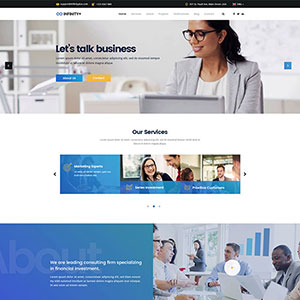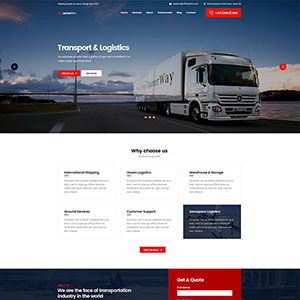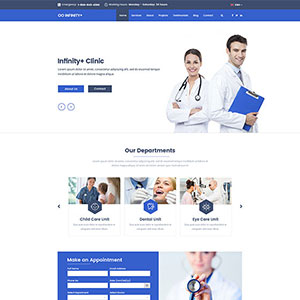The improving job numbers this past week provide further confirmation that an economic recovery is under way. The drop in commodity and fuel prices is likely a brief reprieve on the way to a further upswing in business growth. With rising demand, shippers are facing abroad array of challenges in 2011. A tightening transportation equipment supply is being triggered by driver shortages, new U.S. government regulations and by a reluctance of carrier executives to add capacity. This coupled with rising freight rates and fuel surcharges, are causing shippers to revisit their freight transportation paradigms.
Informed shippers realize that there are limitations as to what they can do to offset these market driven forces. To retain their business volumes, shippers must meet the demands of their clients in terms of order sizes and transit times. As discussed in previous blogs, large retailers are seeking greater control over their inbound freight transportation. Within these parameters, shippers are exploring opportunities to blunt the impact of some of thesechanges. As I reflect on my recent conversations with shippers and my review of various published reports, here are some of the strategies and tactics they are employing or investigating.
Create Pooling Programs/Convert from LTL to Truckload
Pooling arrangements allow sister companies or competitors to consolidate small parcel or LTL shipments in specific geographic areas in order to deliver lower cost truckload shipments. This approach, where feasible, offers some unique benefits. Participants in the pooling program have access to truckload pricing since their shipments share space on a full trailerload of freight. By filling trailers faster, the freight can move faster, speeding up the supply chain. The trucker wins by having more freight to transport.
Converting freight from LTL to less-costly truckload service is part of The Home Depot Inc.’s five-year supply chain transformation plan, in both the United States and Canada. The Atlanta-based home improvement giant has created “rapid deployment centers” (RDCs) in the United States and Canada. These are flow-through facilities that enable the cross-docking of large quantities of merchandise. By leveraging the RDCs, suppliers who used to ship direct to stores using LTL service can now consolidate their shipments into truckload quantities for shipping to these facilities.
In-source Freight Transportation
Some companies that have outsourced their freight transportation to a logistics company are rethinking this strategy. If the freight management company is not adding value to the process, then there is reason to question the financial benefits in paying a mark-up to the carrier and to the freight management company. For shippers that have straight-forward carrier procurement and management processes, particularly those companies with their own TMS system, it may be time to look at the option of bringing these functions in-house and saving the second mark-up. By conducting a comprehensive RFP every few years and then putting in place carrier scorecards to track performance, this may be an opportunity to reduce freight costs.
Improve Planning and Perform Load Levelling
Capacity shortfalls can cause shippers to select higher paying carriers that rank lower in the routing guide or go to the spot market to cover their loads. Shippers have several methods of trying to mitigate paying higher freight costs. For companies that can provide quality forecasts, this will enhance their opportunities of obtaining capacity from their core carriers. Best Practice involves working collaboratively with one’s major carriers, seeking ways to match supply with demand. In those situations where the freight is moving to company or third party warehouses, the option to smooth out the peaks and valleys, through planning and communication, may also result in better core carrier utilization and better spend management.
Increase use of Intermodal Transportation
On inbound movements to its manufacturing facilities and DC’s, where longer lead times can be built in, shippers are making increased use of intermodal transportation.
Network Optimization
Some shippers are reducing energy consumption and transportation costs by reducing delivery frequencies, reconfiguring the location of their “last-mile facilities,” and integrating more energy-efficient vehicles into their fleets. Higher fuel prices will force many businesses to shrink the length of haul from DC to retailer. To accomplish this, additional and larger warehouses may be needed, which implies more stock and higher
inventory levels and costs.
As we approach the mid year point, it is clear that shippers are employing a variety of strategies and tactics to make more cost effective use of the available carrier equipment supply, to utilize lower cost modes of
transport and when necessary, reconfigure their networks to address tight capacity and rising costs.



















